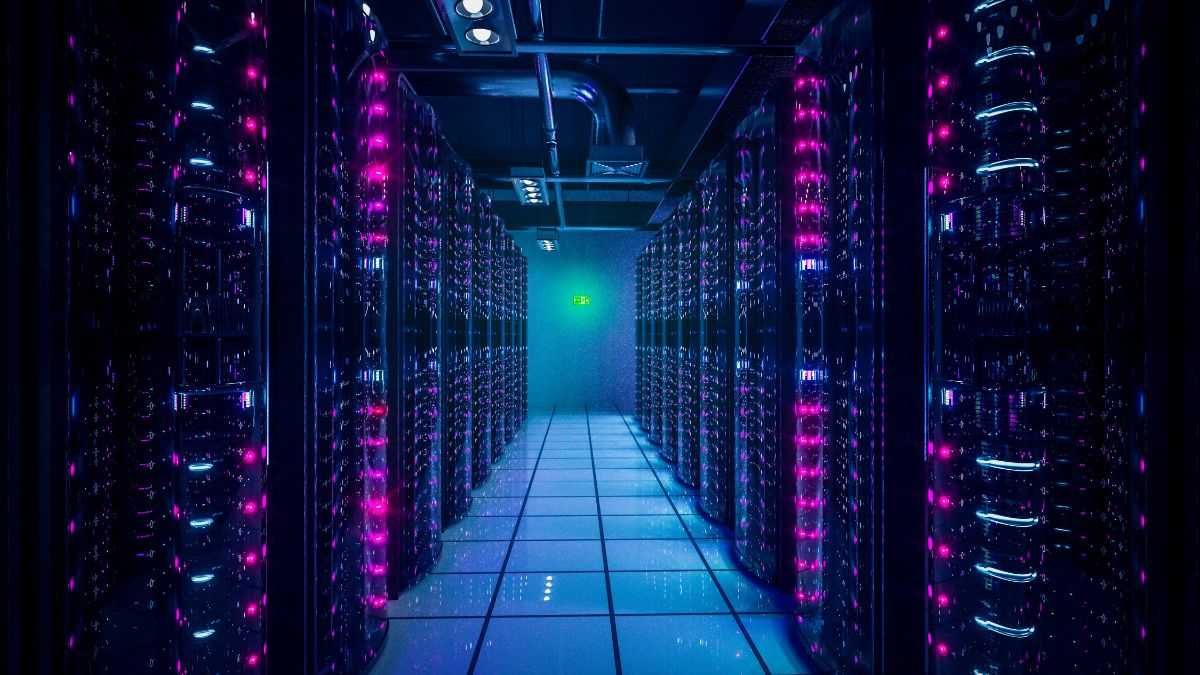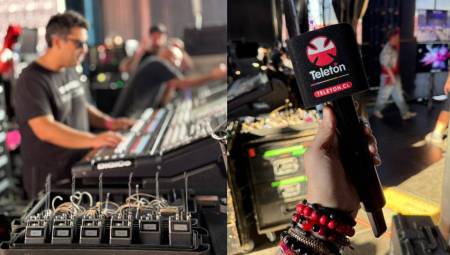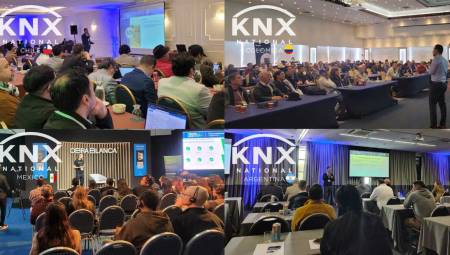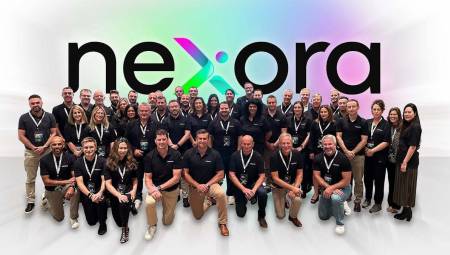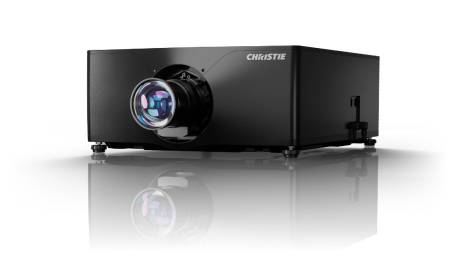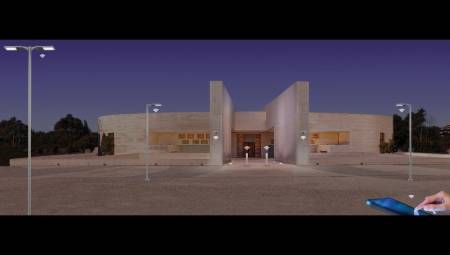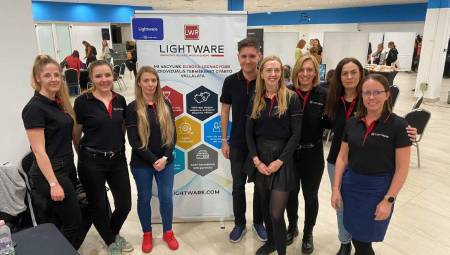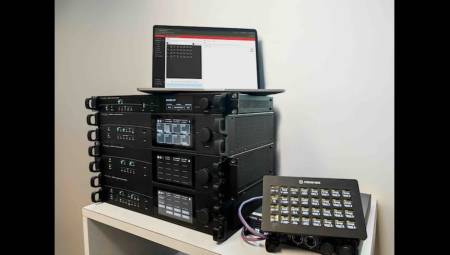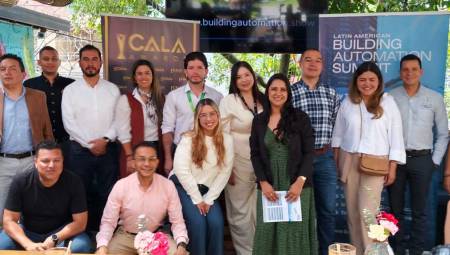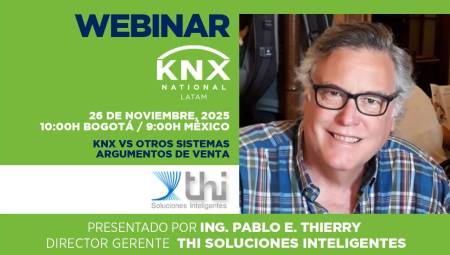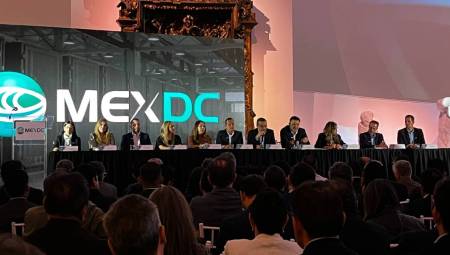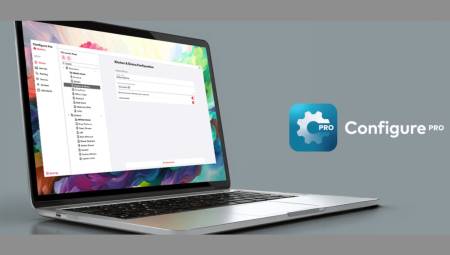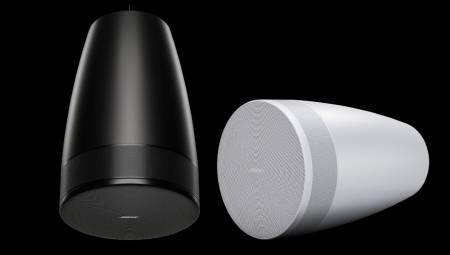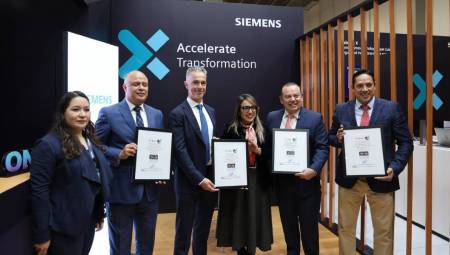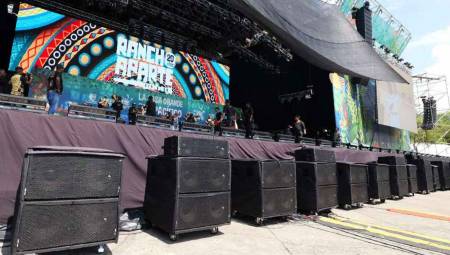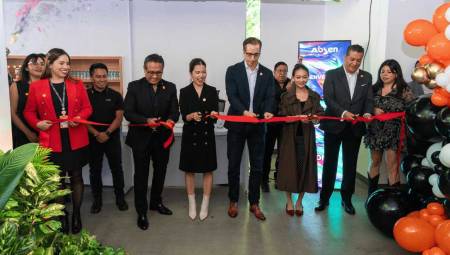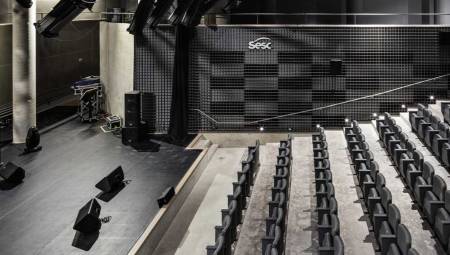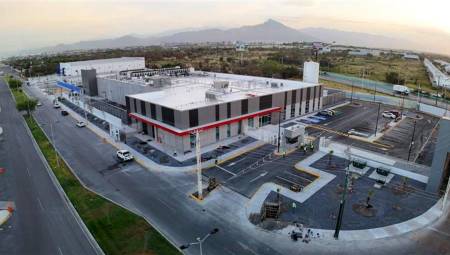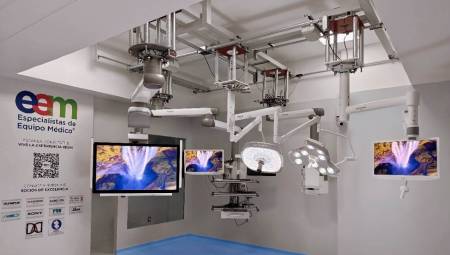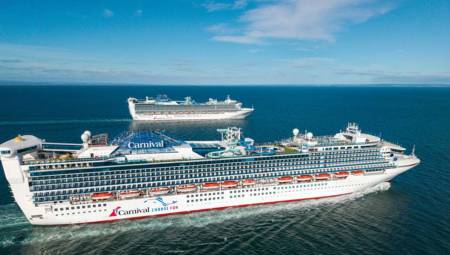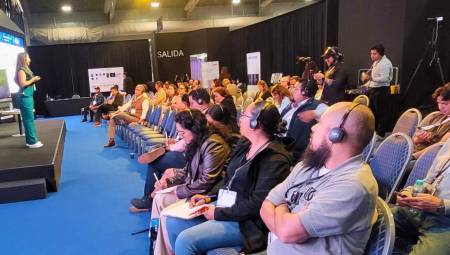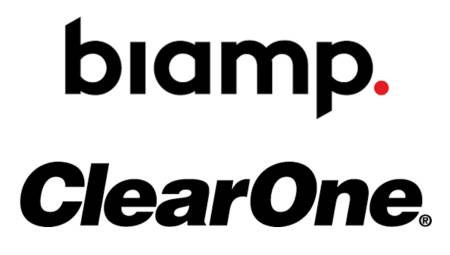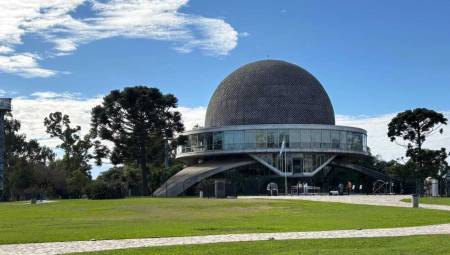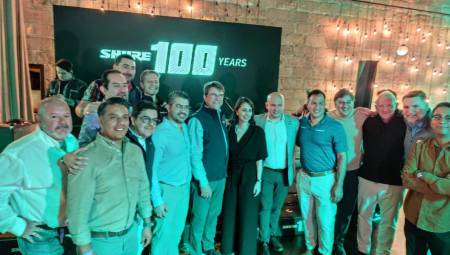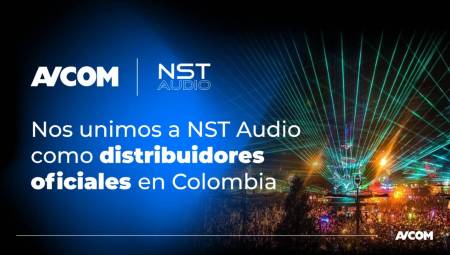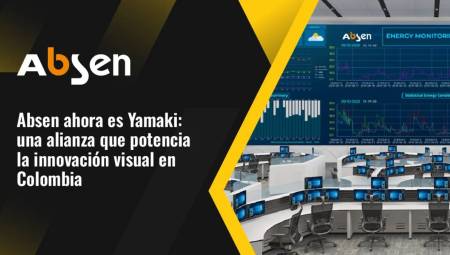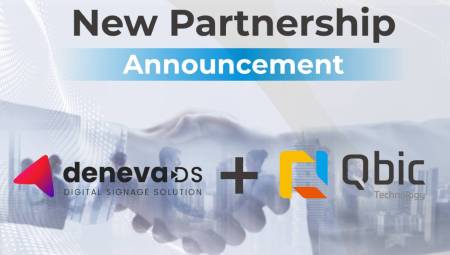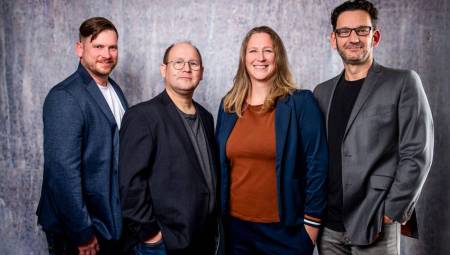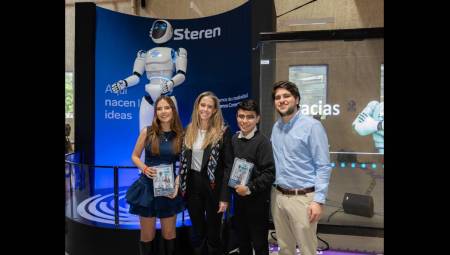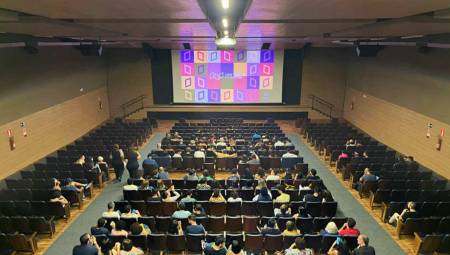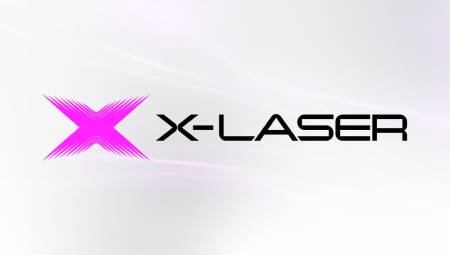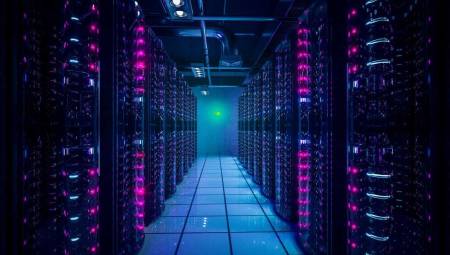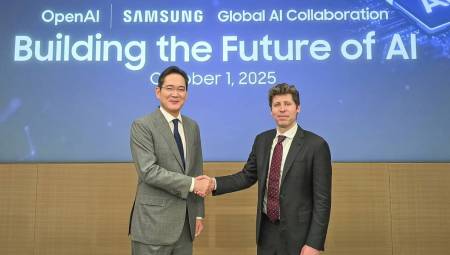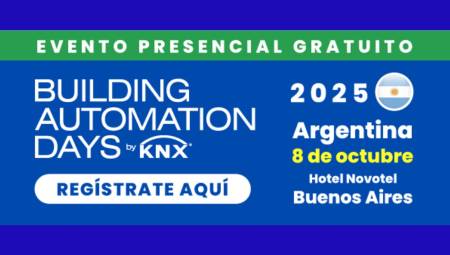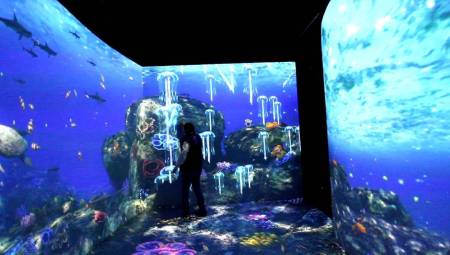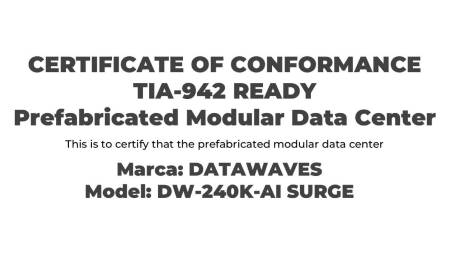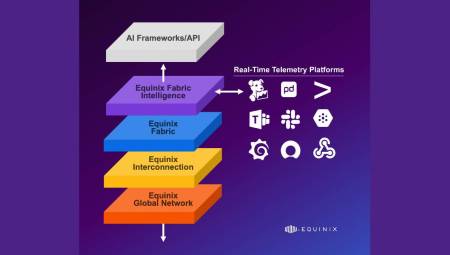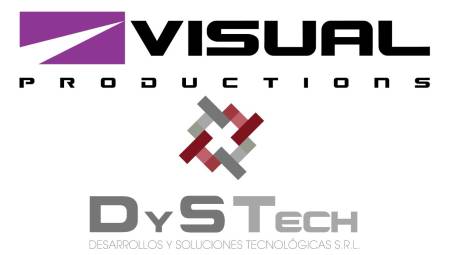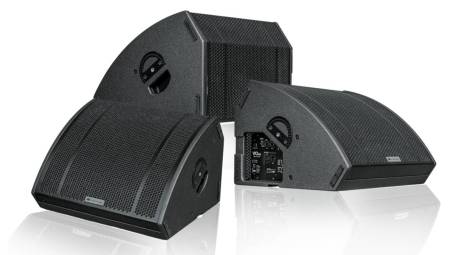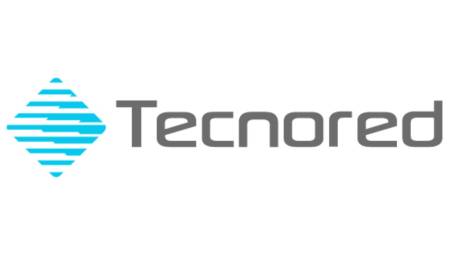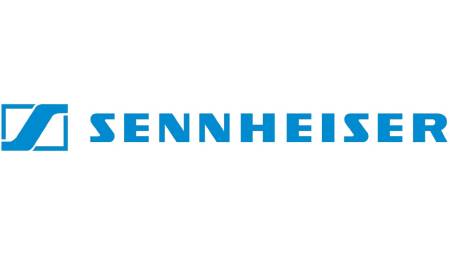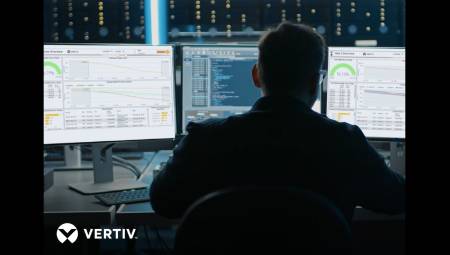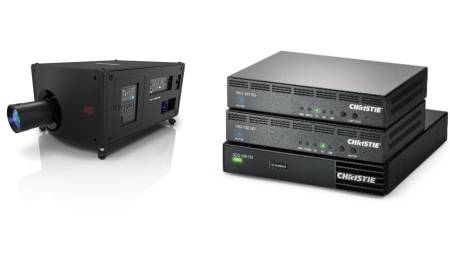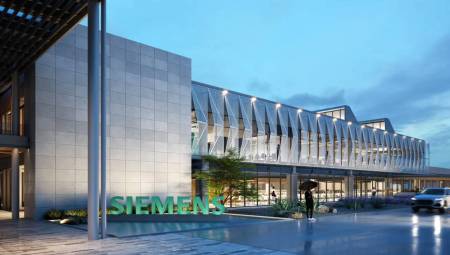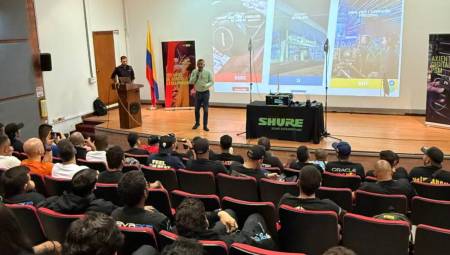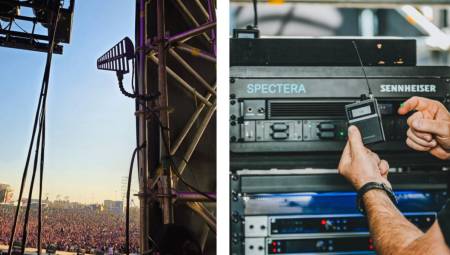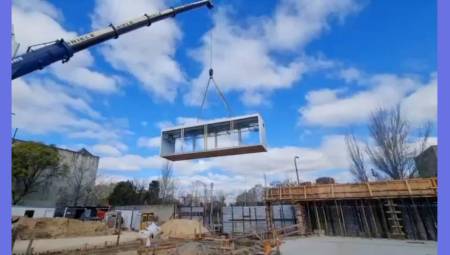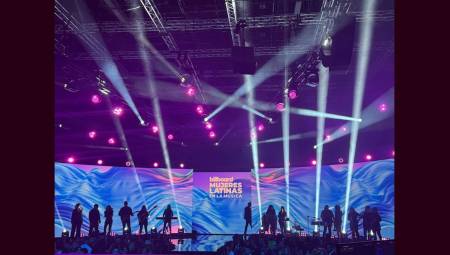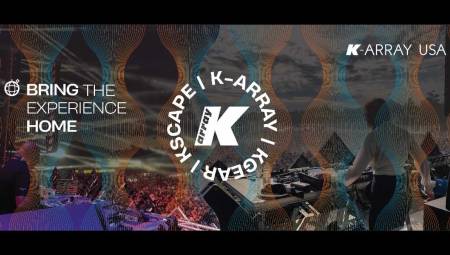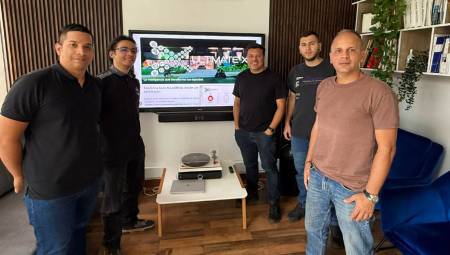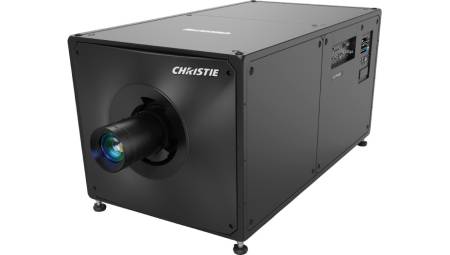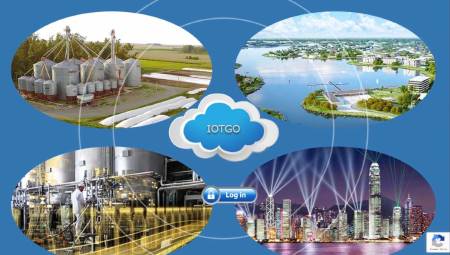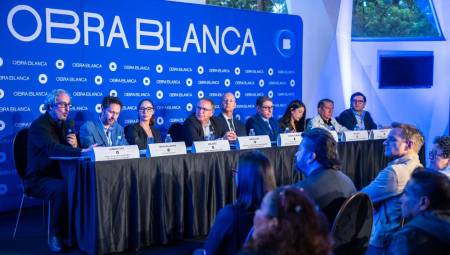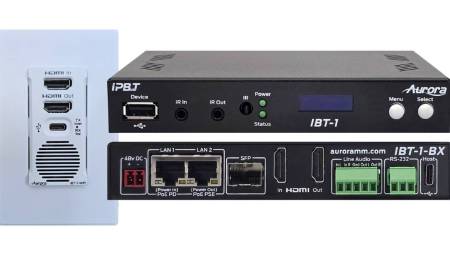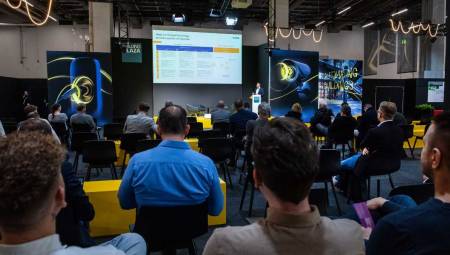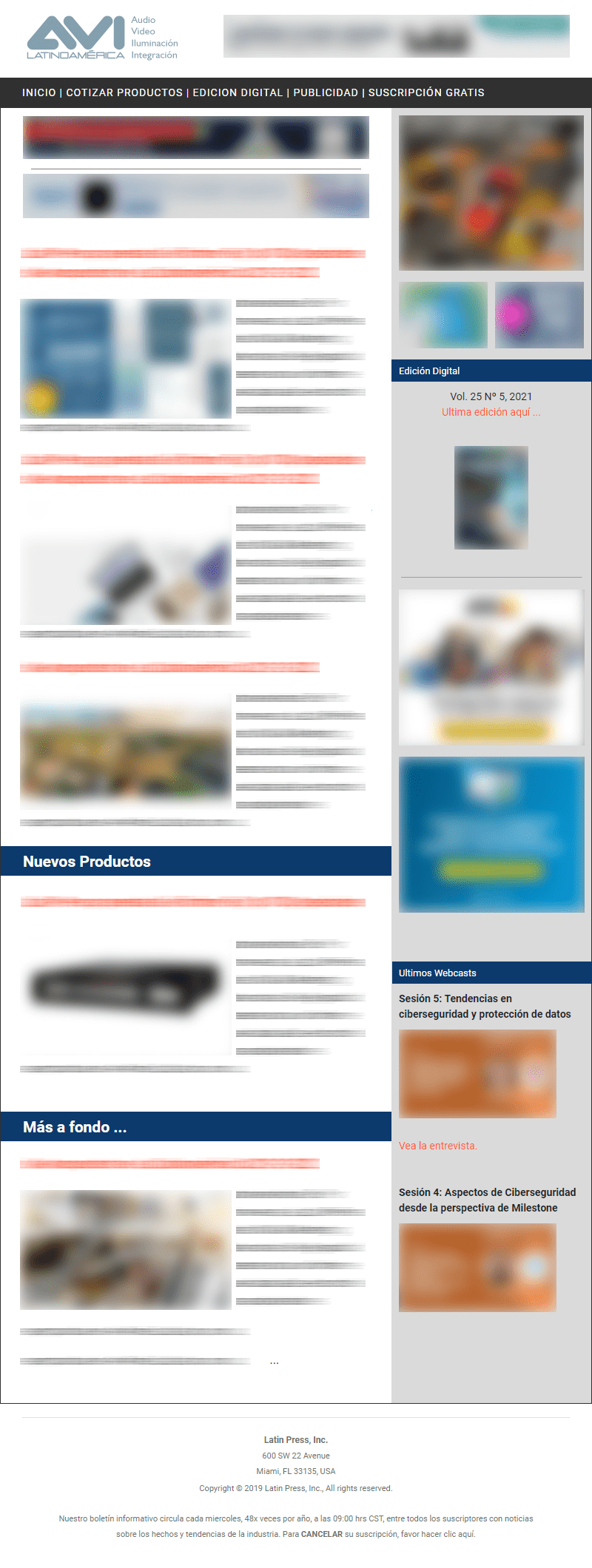Latin America. Generative artificial intelligence (GenAI) is no longer just a technology of the future; It has become a transformative application. Unlike traditional AI, which involves performing specific tasks using defined algorithms and rules, GenAI creates new content from large volumes of data.
But it's much more than content generation: it drives innovation by enabling real-time decisions, simplifying complex processes, and accelerating progress. This rapid growth also creates unprecedented computational demand and higher rack densities, requiring new generations of advanced cooling, resilient power, and scalable architectures to sustain AI workloads.
The way forward demands concrete answers: How can data centers adapt to withstand the increased data processing, temperatures, and power consumption that AI requires?
While these challenges are global, Latin America is experiencing them in a particular way. Digital transformation was already underway in the region, but the pandemic accelerated its adoption. In markets like Mexico, companies are not only adopting GenAI but also monetizing it, leveraging it to reach new markets, reduce costs, and improve customer experiences.
More AI means more heat
More processing means more heat generation. Currently, there are racks that consume more than 100 kW, and projections show that this could reach up to 1 MW in the coming years. This requires more energy not only to operate, but also to cool this critical equipment.
Traditional air cooling is no longer sufficient for new high-density GPUs. These systems require advanced cooling solutions, such as liquid cooling or hybrid air-liquid deployments, that remove heat from both the data center environment (air) and directly from the GPUs in the racks (liquid). As a result, it's not just about higher cooling costs: new technologies are essential, and liquid cooling is inherently more energy-efficient compared to air-cooling alone:
● Direct-to-chip liquid cooling can efficiently remove approximately 70-75% of the heat generated by equipment in a rack, leaving 25-30% of the heat for air cooling systems to remove in the room.
● Immersion cooling systems immerse servers and other components in a thermally conductive dielectric fluid or liquid, eliminating the need for air cooling. This approach maximizes the thermal transfer properties of the liquid and is the most energy-efficient form of liquid cooling on the market.
● Tailgate heat exchangers replace the rear door of the IT equipment rack with a liquid heat exchanger that can be used in conjunction with air-cooling systems to cool environments with mixed rack densities.
Using a liquid cooling strategy removes heat at the source and can reduce data center PUE metrics. Some liquid cooling systems also allow heat to be recovered and reused. These gains can reduce indirect or regulated energy emissions for businesses. As a result, liquid cooling can be an essential part of companies' sustainability programs.
In the video podcast What Is Next? with Vertiv, Amet Novillo, president of Equinix Mexico and the Mexican Association of Data Centers, discusses several initiatives, including Equinix Heat Export. This system extracts heat from chips and servers and delivers it to a heat supplier for reuse.
With rising energy prices and continued global disruption, access to this heat source mitigates price volatility and energy insecurity for local authorities. Equinix has set a corporate goal of using 100% renewable energy by 2030, investing in efficiency and innovation programs that address both energy use and water consumption.
Data Center Modernization for the AI Era
The evolution of critical infrastructure requires rethinking data center design, whether it's renovating an existing one or building a new one. Greenfield projects start on undeveloped land and have the advantage of strategic optimized designs, full customization, and scalability for future technologies. Brownfield projects focus on upgrading existing facilities to support high and mixed loads, allowing for lower acquisition costs, faster deployment, and the advantage of established locations.
Regardless of the strategy, operators must also consider everything from the physical weight of new racks and equipment, to selecting systems that allow for scalable growth for faster deployment. But modernization is not just about facilities and equipment, it also depends on people.
As Amet Novillo highlighted, building and operating AI-ready facilities requires skilled professionals in energy management, cooling, and IT skills that are still in short supply in the region. This also extends to more specialized areas of the industry, such as structured cabling, fiber optics, and other sensitive systems.
Looking ahead, the impact of AI will also be defined by the industries that adopt it first. For example, in Latin America, Mexico is already seeing accelerated adoption in sectors such as retail, financial services, manufacturing, and telecommunications, where AI is being applied to improve supply chains, enhance customer experiences, and increase operational efficiency.
Vertiv's comprehensive and growing portfolio of critical digital infrastructure solutions is designed to support the growth and development of digital transformation initiatives and AI ecosystems. With its teams and talent, Vertiv is ready to partner with LATAM customers and support business strategies to harness the full potential of AI.
Text written by Gustavo Pérez, Sales Director for Major Accounts at Vertiv.



